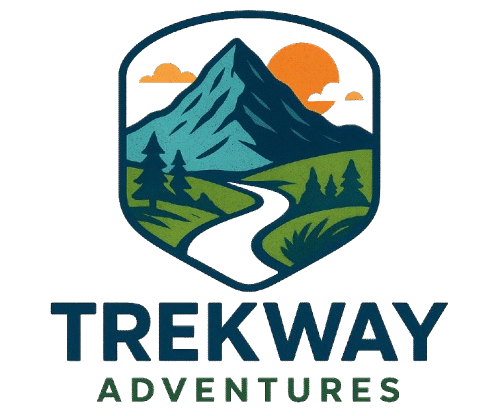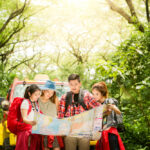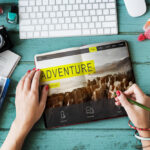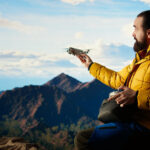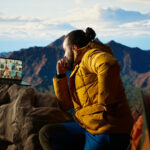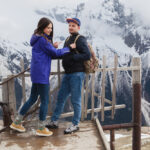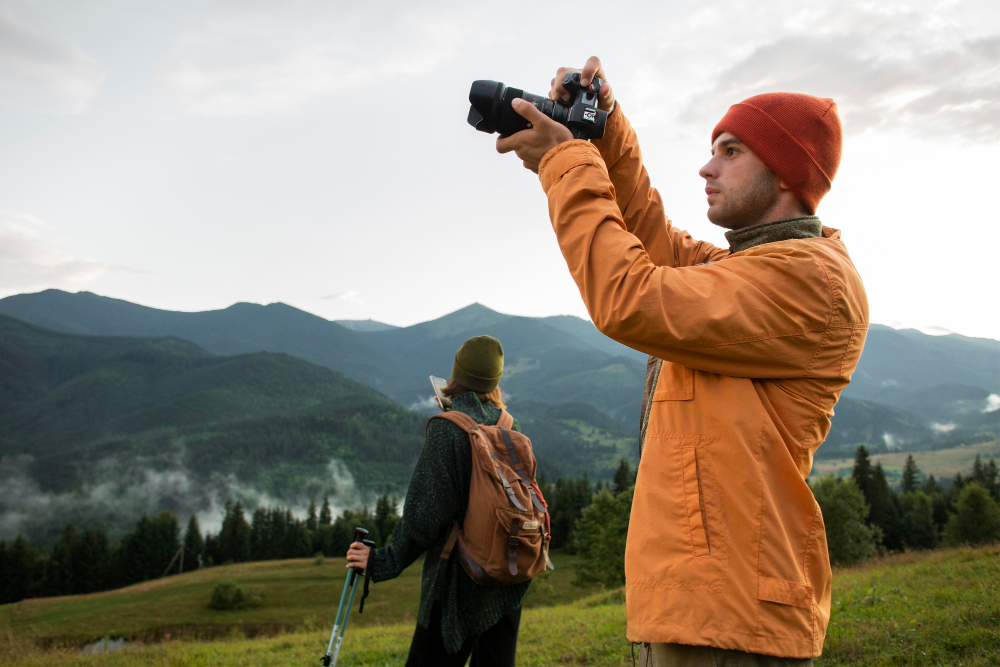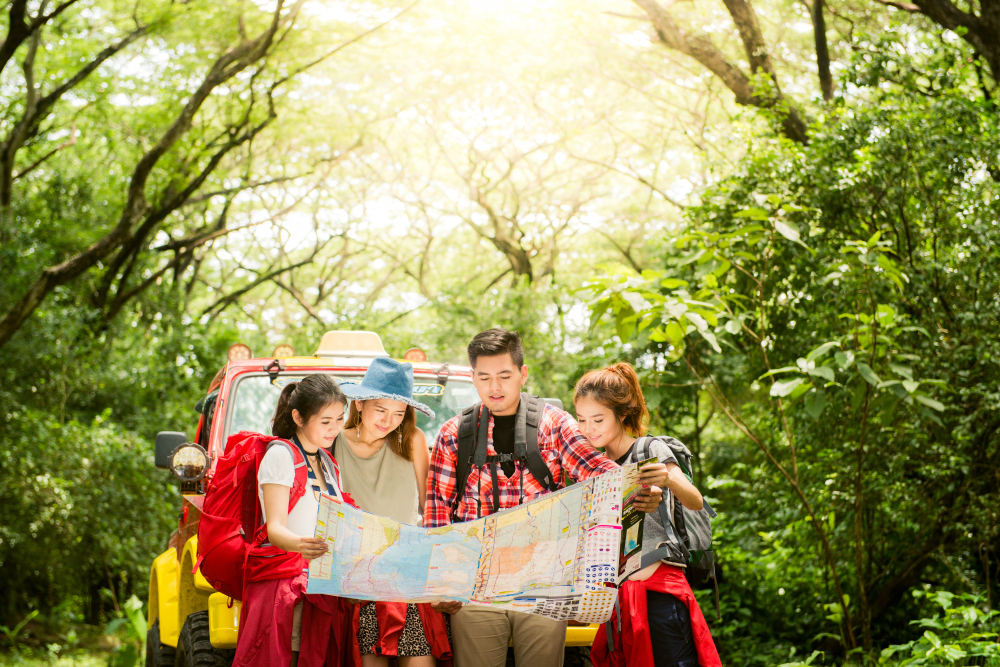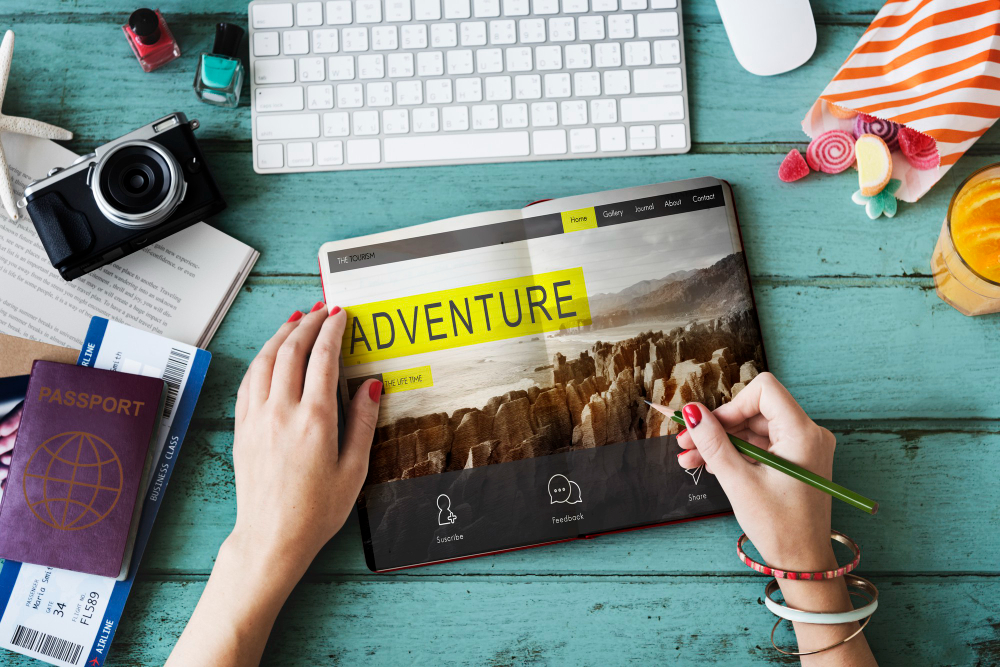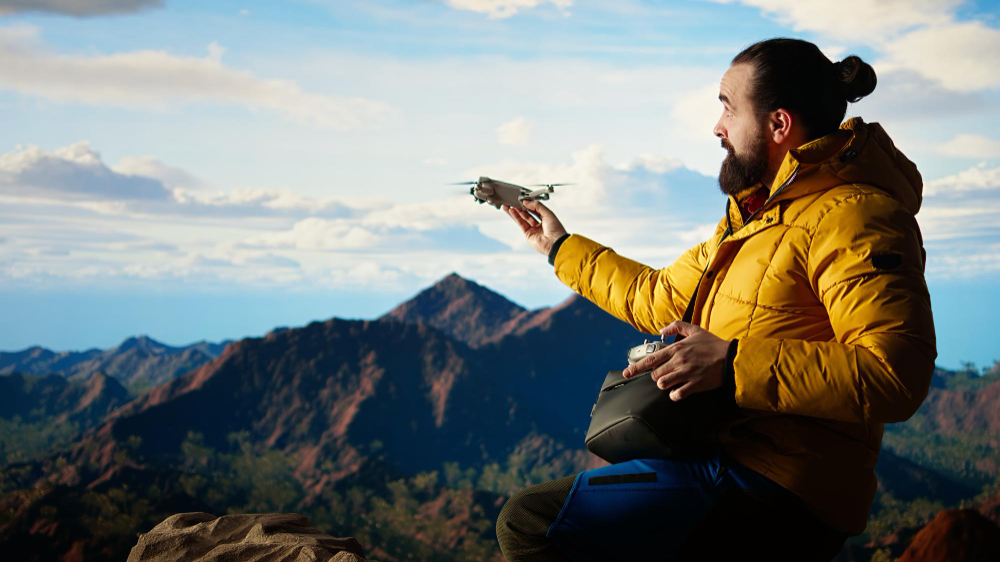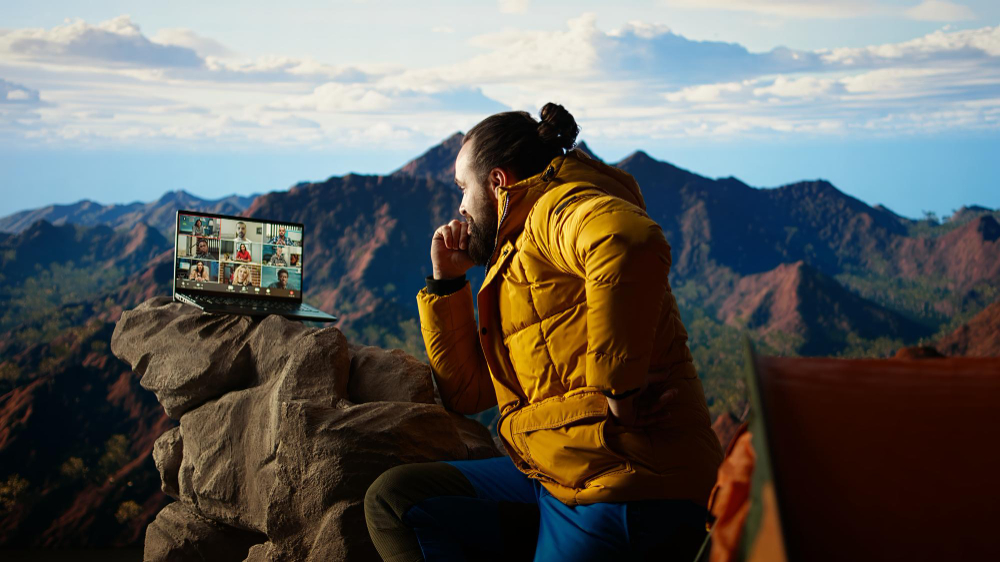How to Capture Epic Adventure Photos Like a Pro
SEO Title: How to Capture Epic Adventure Photos Like a Pro — Master Every Shot
Meta Description: Learn how to capture epic adventure photos like a pro. Discover expert tips on gear, lighting, composition, and storytelling to elevate your travel photography game.
Introduction: Turning Your Adventures into Visual Stories
Every adventure deserves to be remembered — not just in your mind, but in stunning images that tell your story. Whether you’re hiking up snowy peaks, kayaking across crystal lakes, or camping beneath a sky full of stars, knowing how to capture epic adventure photos can turn ordinary moments into extraordinary memories.
This guide will walk you through professional techniques, from mastering your camera settings to telling a story through your lens.
Understanding Adventure Photography
What Makes Adventure Photography Unique
Adventure photography combines action, environment, and emotion. It’s not just about landscapes or portraits — it’s about capturing the spirit of exploration.
Unlike studio or city photography, adventure shots are dynamic, unpredictable, and often taken in challenging conditions. That’s what makes them so powerful.
The Role of Storytelling in Adventure Imagery
Each photo should make viewers feel like they’re part of the journey. A good adventure shot answers questions like:
- Where is this?
- What’s happening?
- How does it feel to be there?
Storytelling gives your images emotional depth — the difference between a snapshot and a masterpiece.
Essential Gear for Epic Adventure Photography
Choosing the Right Camera and Lenses
You don’t need the most expensive camera to shoot like a pro. What matters is knowing your equipment.
- Mirrorless cameras (like Sony A7 or Canon R series) offer lightweight performance and high-quality output.
- Wide-angle lenses capture landscapes and vast scenes.
- Telephoto lenses bring distant details closer, perfect for wildlife or mountain shots.
Must-Have Accessories: Tripods, Filters, and Drones
- Tripod: Essential for long-exposure and low-light shots.
- ND filters: Help control exposure in bright conditions.
- Drone: Adds stunning aerial perspectives to your adventure story.
Adventure-Proof Your Equipment
Use waterproof bags, lens cloths, and rain covers. Adventure photography often means dealing with dust, rain, or snow — protect your gear like your life depends on it!
Mastering the Technical Side of Photography
Understanding Exposure: ISO, Aperture, and Shutter Speed
- ISO: Keep it low for daylight, raise it for night shots.
- Aperture (f-stop): Use a wide aperture (f/2.8) for portraits, narrow (f/11) for landscapes.
- Shutter Speed: Fast for action (1/1000s+), slow for motion blur or waterfalls.
Learning to balance these three settings is key to nailing every shot.
Shooting in RAW for Maximum Flexibility
RAW files store more data, giving you greater control when editing — especially important in changing light conditions.
Using Natural Light to Your Advantage
Adventure photography thrives on golden hours — sunrise and sunset. The soft, warm light enhances landscapes and adds depth to your photos.
Composition Techniques for Stunning Adventure Shots
Rule of Thirds and Leading Lines
Position your subject along the gridlines instead of the center. Use natural lines (roads, rivers, trails) to draw the viewer’s eye into the scene.
Capturing Scale and Perspective
Include people or objects to show the size of your surroundings. A lone hiker against massive cliffs instantly communicates awe.
The Power of Motion and Emotion
Capture movement — a splash of water, a wind-blown flag, a climber mid-ascent. These elements inject life and storytelling into your images.
Creative Tips to Elevate Your Adventure Photos
Include People for Storytelling Impact
Human presence adds relatability. A silhouetted figure under the Milky Way or a person gazing at the horizon evokes connection and wonder.
Play with Weather, Shadows, and Time of Day
Don’t fear bad weather! Fog, rain, and storms can create dramatic and moody atmospheres. Shadows also add contrast and mystery.
Use Foreground and Background Layers for Depth
Layering creates a 3D effect. Frame your shot with rocks, trees, or tents in the foreground to give your photo more dimension.
Post-Processing: Bringing Your Photos to Life
Editing for Color, Contrast, and Texture
Post-processing isn’t cheating — it’s polishing your story. Adjust brightness, contrast, highlights, and shadows to make your image pop.
Best Software for Adventure Photography Editing
- Adobe Lightroom – for color correction and tonal balance.
- Photoshop – for advanced retouching.
- Luminar Neo or Capture One – for intuitive color grading and AI-powered edits.
Maintaining a Natural Look While Enhancing Impact
Avoid over-editing. The goal is to highlight nature’s beauty, not distort it. Keep skin tones natural and landscapes realistic.
Safety and Ethics in Adventure Photography
Respecting Nature and Local Communities
Follow Leave No Trace principles:
- Don’t trample delicate ecosystems for the perfect shot.
- Always seek permission when photographing people.
- Support local guides and eco-tourism initiatives.
Staying Safe in Harsh Environments
Check weather forecasts, carry first-aid kits, and never take unnecessary risks for a shot. The best photo is the one you come back safely to share.
Sharing and Showcasing Your Adventure Photography
Building an Online Portfolio or Social Media Presence
Share your best shots on Instagram, Behance, or a personal blog. Use consistent editing styles and hashtags like #AdventurePhotography or #Wanderlust.
Storytelling Through Captions and Blogs
Pair each image with a short story — describe what it felt like to be there, not just what’s in the frame. Emotion builds engagement.
FAQs About Adventure Photography
Q1. Do I need professional equipment to capture adventure photos?
Not at all. A mid-range DSLR, mirrorless camera, or even a smartphone with good lighting can produce stunning results.
Q2. What’s the best time to shoot outdoors?
The golden hour (shortly after sunrise or before sunset) offers soft, warm lighting perfect for adventure shots.
Q3. How do I capture motion in my photos?
Use a fast shutter speed for freezing motion, or a slow shutter to create artistic motion blur.
Q4. What are some editing apps for beginners?
Try Lightroom Mobile, Snapseed, or VSCO for easy yet powerful photo enhancements.
Q5. How can I make my photos look professional?
Focus on composition, lighting, and storytelling. Technical perfection means nothing without emotional impact.
Q6. How can I grow as an adventure photographer?
Keep shooting, experiment with angles, learn from mistakes, and study the work of photographers you admire.
Conclusion: Capture the Journey, Not Just the Destination
Epic adventure photos aren’t about perfection — they’re about passion, perspective, and presence. When you combine technical skills with emotional storytelling, every image becomes a reflection of your journey.
So grab your camera, step into the wild, and start capturing moments that inspire others to explore. Because in the end, the best adventures aren’t just lived — they’re remembered through your lens. 📸🌍
External Source:
Learn more about professional techniques from National Geographic Adventure Photography Tips.
